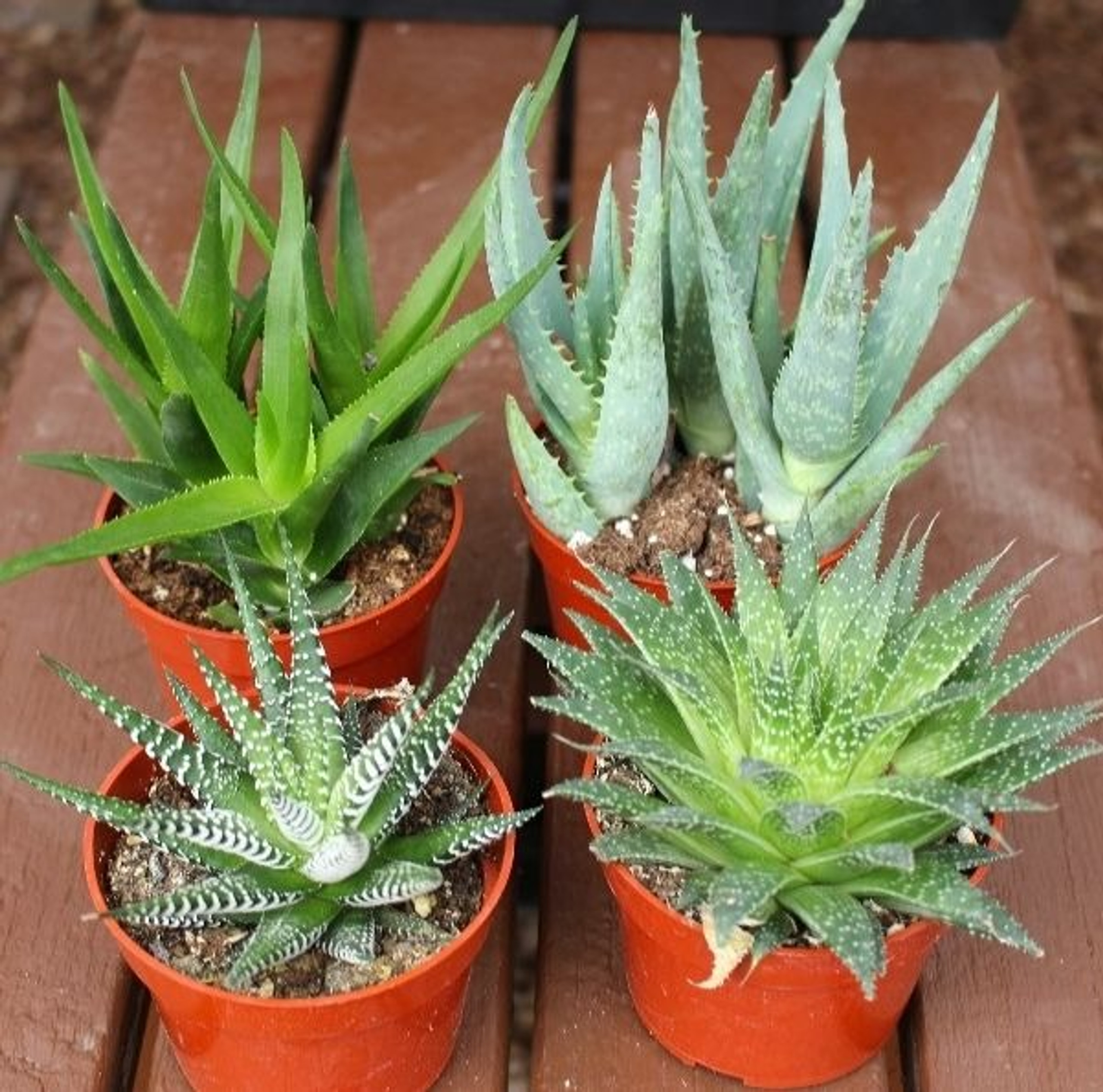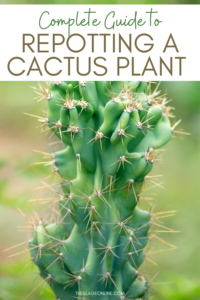The desert’s arid charm is often encapsulated through the diverse spectrum of succulents, particularly the cacti that have captured the attention of desert flora enthusiasts. Among this curious collection, some cacti bear an uncanny resemblance to their distant relatives, the aloe plants. This article endeavors to illuminate the distinctions and similarities between these two captivating plant families, emphasizing one particular cactus that might befuddle even the most seasoned botanists.
When gazing upon the specific cactus known as the fishhook barrel cactus (Ferocactus wislizeni), one might easily mistake it for an aloe plant due to its rosette-forming structure and spiky exterior. However, beneath this superficial resemblance lie telltale characteristics that are pivotal in discerning between cacti and aloes. Understanding these differences can enhance not only a plant collection but also the appreciation of how variations in morphology and physiology can thrive in similar habitats.
In this exploration, the article will cover four primary sections: the botanical classifications of cacti and aloes, morphological characteristics that aid identification, habitat and cultivation differences, and finally, uses in landscaping and as houseplants.
Botanical Classifications: Cacti vs. Aloes
Before delving into the fascinating world of features that set these plants apart, it is essential to establish their botanical classifications. Cacti belong to the family Cactaceae, a group primarily found in the Americas, whereas aloe plants hail from the Asphodelaceae family, predominantly associated with the Old World. This taxonomic distinction serves as the foundational premise for understanding their growth patterns and adaptations.
Within the Cactaceae family, cacti are characterized by their unique adaptations to arid environments, including the presence of specialized structures such as stems that store water. Aloes, on the other hand, often exhibit a rosette-forming growth habit, which allows them to gather water more effectively during rainfall. Despite these differences, both plant families have evolved fascinating mechanisms to survive in conditions that would challenge most other flora.
Morphological Characteristics: The Tactile Tale of Identification
At first glance, distinguishing between a cactus and an aloe can be quite vexing. The fishhook barrel cactus, for instance, displays a rounded body segmented into ribs that house sharp spines, mirroring the pointed leaves of aloe plants. However, careful examination reveals stark contrasts in their structure.
Cacti are devoid of true leaves; instead, they feature thickened, succulent stems adorned with spines or glochids (small hair-like structures). These serve as adaptations to minimize water loss and protect the plant from herbivores. Aloes, conversely, maintain fleshy leaves that can vary in size and shape, often boasting a serrated edge or a wavy margin.
Another critical identifying trait is the presence of flowers. Cacti tend to produce extravagant blooms that emerge directly from ribs or stems, while aloe flowers develop on tall inflorescences, sending vibrant spikes skyward. These distinguishing features underscore the importance of observing plant structure in the quest for identification.
Habitat and Cultivation: Where They Thrive
Understanding their natural habitats can further deepen one’s appreciation of cacti and aloes. Cacti predominantly thrive in the desert regions of North and South America, where conditions are hot and dry. They are often found in sandy or rocky soils that facilitate excellent drainage, essential for their survival. Furthermore, many cacti require full sun exposure, which encourages robust growth and vibrant flowering.
Aloes, however, tend to inhabit a broader range of environments, from arid scrublands to more temperate, subtropical regions of Africa and the Middle East. This adaptability allows them to flourish in various soils, though well-drained substrates remain pivotal. Additionally, aloes often exhibit a preference for partial shade—especially those with lighter-colored leaves—as direct sun can scorch their delicate foliage.
When it comes to cultivation, both plant types can be relatively easy to grow, appealing to beginners and experienced gardeners alike. Cultivators of fishhook barrel cacti must be mindful of watering practices, as overwatering can lead to rot, while aloe enthusiasts should consider allowing the soil to dry between waterings to maintain plant health. Both require minimal fertilization, particularly during their active growth period, ensuring their striking appearance remains unblemished.
Landscaping and Uses: Aesthetic Appeal and Practicality
Beyond their aesthetic virtue, cacti and aloes serve distinct practical purposes. Cacti, including the fishhook barrel cactus, add height and an architectural form to desert landscapes, often used in xeriscaping to minimize water usage. Their remarkable adaptations to heat and drought make them ideal for the modern gardener looking for sustainable landscaping solutions.
Conversely, aloes, particularly Aloe vera, are well-regarded not only for their ornamental beauty but also for their medicinal properties. The gel extracted from Aloe vera leaves holds a coveted place in skincare and healing remedies, wielding restorative powers that benefit both internal and external health. This dual functionality of aloes enhances their desirability in both domestic and commercial settings.
In conclusion, while the superficial resemblance between certain cacti, like the fishhook barrel cactus, and aloe plants might prompt momentary confusion, a deeper understanding reveals a rich tapestry of differences. From botanical classifications and morphological characteristics to habitat preferences and practical applications, each plant family uniquely contributes to the environmental narrative. Whether enhancing a garden or embarking on a healing journey, both cacti and aloes are deserving of appreciation, respect, and a well-deserved place in the pantheon of succulent wonders.





Leave a Comment